Close-up Photography
Tuesday October 25th 2011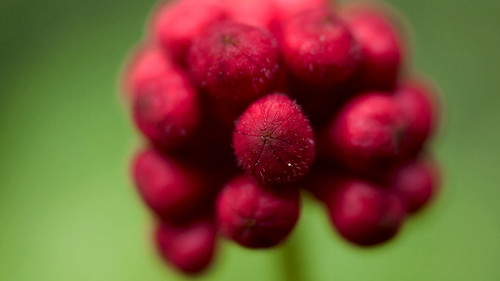
ZD 35mm f3.5 @ f3.5 1/125sec ISO250
Friday October 14th 2011
Closeup Photography offers surprising results because it can produce images which are normally not 'visible' large enough to unaided eyes. Unless you are doing MICRO-Photography [more than 1:1 - i.e >1x magnification on the CCD] no special equipment is needed for Closeup-Photography [magnification of 1:4 to 1:1] other than a simple macro lens for the dSLR and 'macro' [close focusing] capability on the compact camera. Special flash and tripod are NOT mandatory as well! Some telephoto and zoom lenses are capable of taking close-up pictures larger than 1:3 magnifications too.
Most likely you can find around your own house compound plenty of colorful objects, such as flowers and insects which can be shot quite easily. The best time for Closeup Photography is early in the morning, before 10:00am.
I have interest in NaturePhotography since many years ago. My only equipment is a 'low cost' macro lens on an entry level dSLR and a decent compact digital cameras with close focusing capability. The following pictures were shot hand-held around my home compound around 9:00am this morning. I only used built-in flash for fill-in lighting.
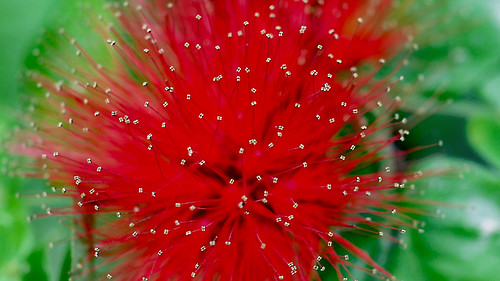
ZD 35mm f3.5 macro lens
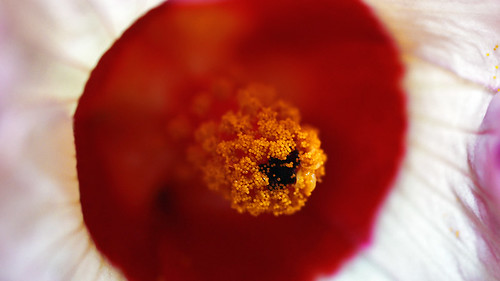
ZD 35mm f3.5 @f4.0 1/60sec ISO 200
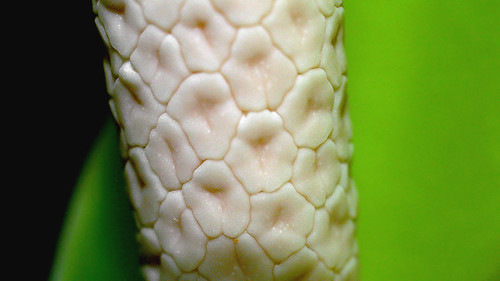
ZD 35mm f3.5 @f6.7 1/90sec ISO 200
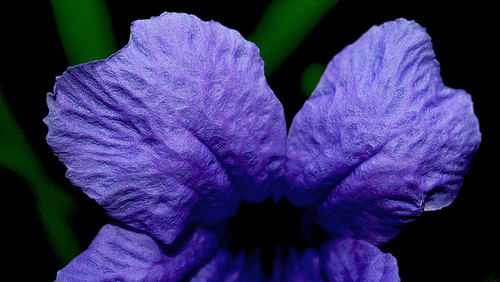
ZD 35mm f3.5 @f6.7 1/60sec ISO 200
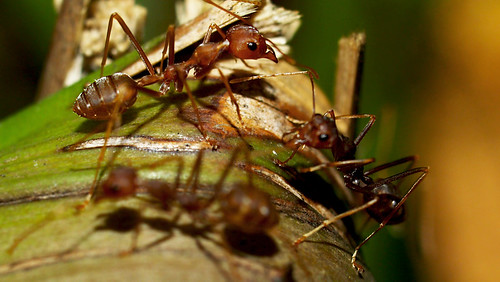
ZD 35mm f3.5 @f6.7 1/90sec ISO 200
Tips for beginners
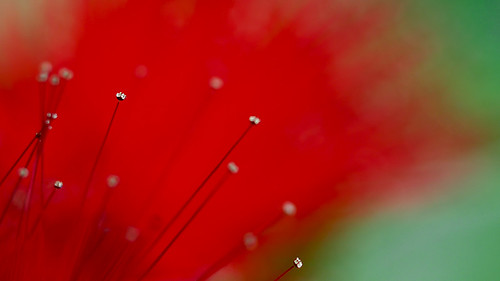

Aperture @f16 - almost everything comes into focus...
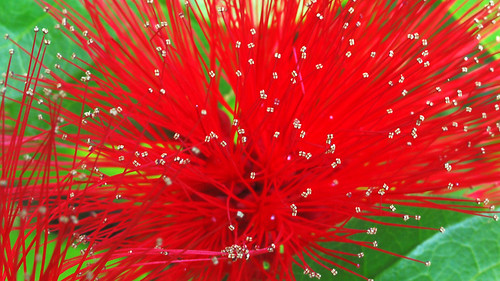
Jump to Specific Topics
fotoVISIONs
INTRO page
ENTOMO-graphy - insects
LEPIDO-graphy - butterflies and moths
ARACHNO-graphy - spiders
FLORA-graphy - flowers
WONDER-colors - striking color photos
MAMMAL-graphy - animals
ORNITHO-graphy - birds
ANYphoto - general uncatagorised photos
CLOSEUP-Photography - general closeup photos [non-macro]
MACRO-Photography




At maximum aperture and when the camera is placed very close to the subject [for the largest possible magnification] the depth of field becomes extremely shallow, making sharp focusing difficult - some auto-focus don't even work. Need to focus manually.
In photographing a flower, for instance, either the stamens or filaments only come in focus but the rest will be blurred [bokeh].
Aperture @f3.5 - very narrow depth of field. Only a few stamens are in focus.

The depth of field can be increased slightly by using smaller apertures. The following pictures show how different aperture openings effect the depth of field in macrophotography. Nevertheless, the best bokeh is always associated with the largest aperture as shown in the first picture [above].
Aperture @f5.6 - more stamen come into focus

Aperture @f16 - almost everything comes into focus...

When the subject of macrophotography arises, most photographers admit the advantages of modern dSLR cameras because the technology has reached to the point where we can take a photograph just a press of the shutter-release button. However, we must be careful not to fall into the trap of allowing the camera to make all the decisions as this can produce unexpected results.
Go MANUAL for the best results. Practice makes perfect. Read more HERE
fotoVISIONs
INTRO page
ENTOMO-graphy - insects
LEPIDO-graphy - butterflies and moths
ARACHNO-graphy - spiders
FLORA-graphy - flowers
WONDER-colors - striking color photos
MAMMAL-graphy - animals
ORNITHO-graphy - birds
ANYphoto - general uncatagorised photos
CLOSEUP-Photography - general closeup photos [non-macro]
MACRO-Photography








